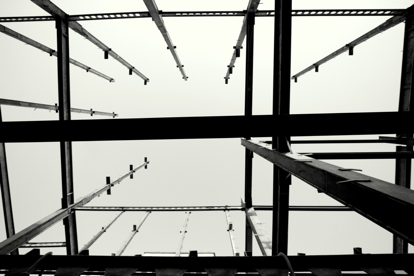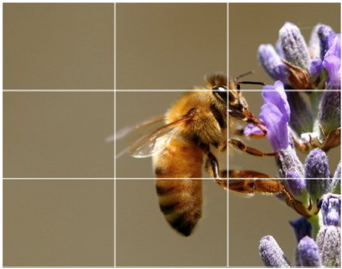You’re a filmmaker. Your neighbour is probably a filmmaker. Chances are your Great Aunt Mable is also a filmmaker. Anyone with a smartphone and the ability to press record is a filmmaker. The web is teeming with budding videographers publishing their own content and sharing videos. Video consumption is gaining traction with the statistics to support.
- In January 2015, Facebook reported 3 billion video views per day (Sarah Matista, Pagemodo)
- More than 80% of senior executives watch more video than they did a year ago, and 59% of executives would rather watch a video than read an article (Douglas Karr, Marketing Tech Blog)
The Secret to Achieving Greatness in Film Production discusses �?the one per centers’ - the attention to detail dividing the amateur from the professional in film production. Part two of this four-part series explores one of the most imperative elements needed in achieving that extra one per cent: Composition.
What is composition?
Most people can frame a picture, but many do not understand the importance of composition. Composition is the way elements are organised in a frame. Attention to detail is vital. Good composition tells a story as well as the subject matter and goes a long way to achieving that extra one per cent.

Elements of composition:
Framing: The positioning of content seen through the viewfinder
It’s never as simple as showing up and pointing a camera. Thought and consideration must be given for how the picture is framed:
- What angle is being filmed?
- How much of the background is included in the frame?
- What is the shot size? How tight should the camera be on the subject matter? Is there a need for an �?establishing’ shot to reveal the location?
- How much space is needed within the frame? If someone is walking into the frame, they need space to walk. The shot must be planned and the camera set up correctly before filming starts.
Simplicity
The reason for simplifying the frame is to focus the viewer’s attention on the subject matter. It might be the person on camera or the action around them. To achieve this, each frame must have a purpose or relevance. This could be a prop to signify the location or the time of day it is filmed, if relevant to the content. Anything distracting or irrelevant to the frame should be removed; for more information read Video Production: How To Make Your Film Set Relevant.
Lines: the lines created from the objects on screen
Lines are subtle but can make a considerable difference in the perception of the image.
- Attention to detail is vital; the line of a wonky horizon is a rookie mistake. Look no further than Facebook for examples.
- Straight lines can look technical and organised, where flowing lines can look soft and insecure.
- Lines manipulate and direct the eye to focus on the subject matter.
Rule of thirds
The rule of thirds is used to decide the layout of a frame. It ensures the frame looks as natural as possible as well aesthetically pleasing to the eye. Many cameras have the ability to show the grid on-screen so that the user can follow the rule of thirds.
- The focus of interest should lie on the intersection of the grid, leaving an empty space in the centre. Our eyes naturally look at the intersection.
- If filming a landscape divide the frame into thirds horizontally, with one-third sky and two-thirds land or two-thirds sky and one-third land. Again, it’s easy on the eye and makes more sense as an image.
Here’s an example of the rule of thirds from Darren Rowse at Digital Photography School. The bee’s eye is the focus of the frame.
By paying careful attention to composition you create the most attractive film possible. A filmmaker who understands the reason behind every detail in the frame guarantees a better outcome for your video project. To find those �?extra one percenters’ for your next film production, stop in and meet the Lush team who will be happy to help.
By Lucy Helliwell
Image credit: Bee by Darren Rowse, Digital Photography School
Image credit: Beshef �?Composition’
Feature Image: �?Film’ by Hiro4.11












[…] involved in creating a video to go above and beyond an average film production. This includes composition and […]